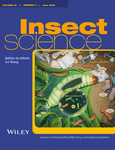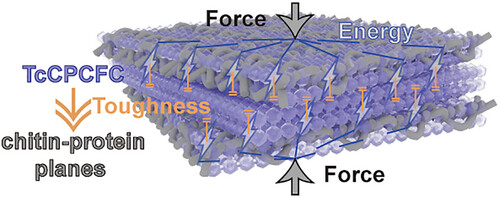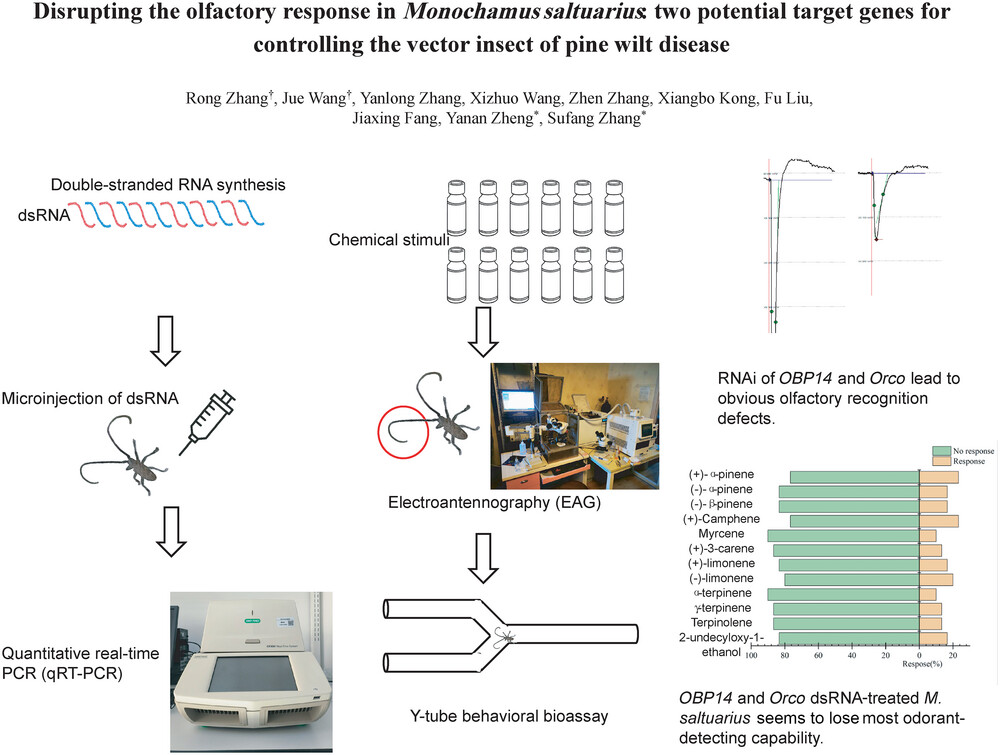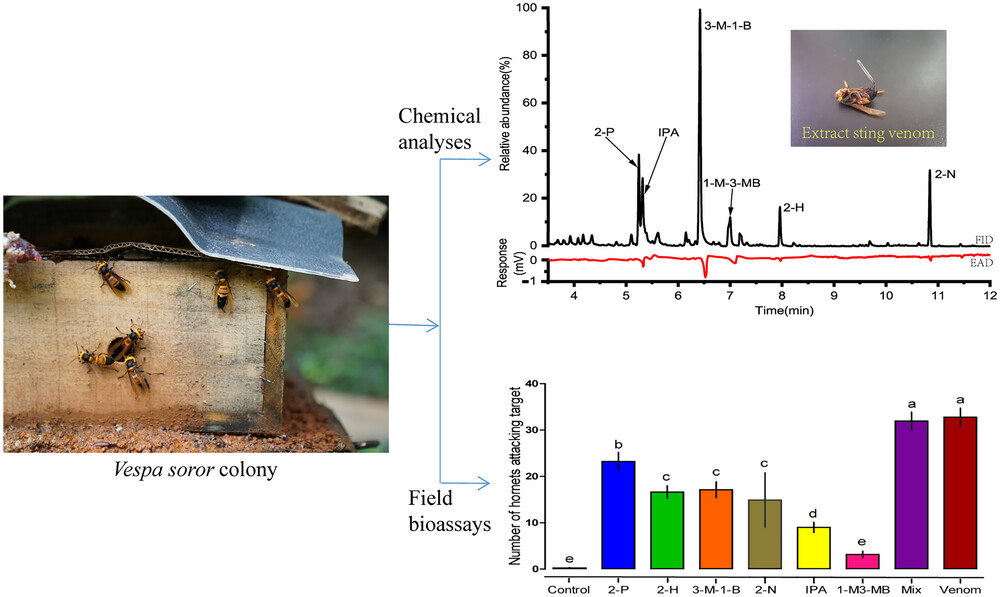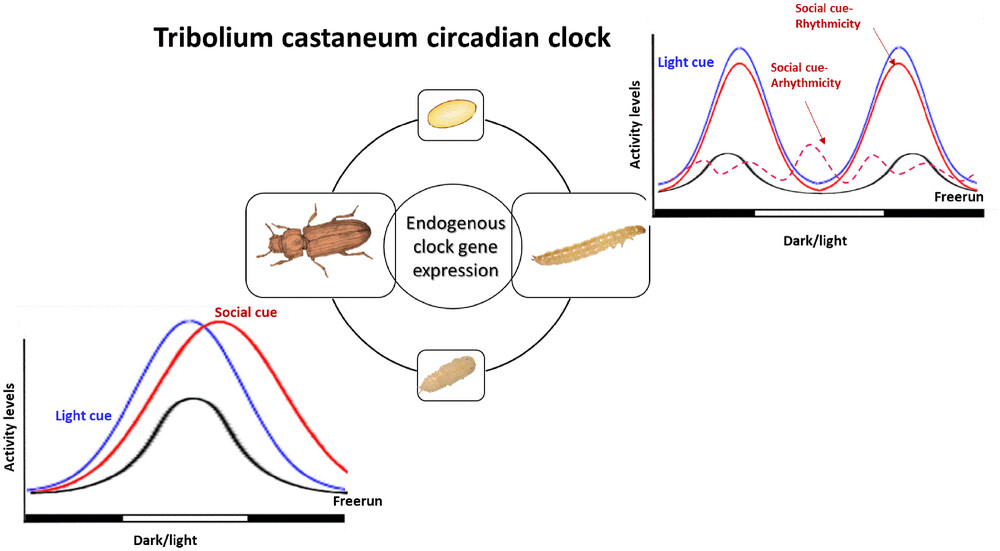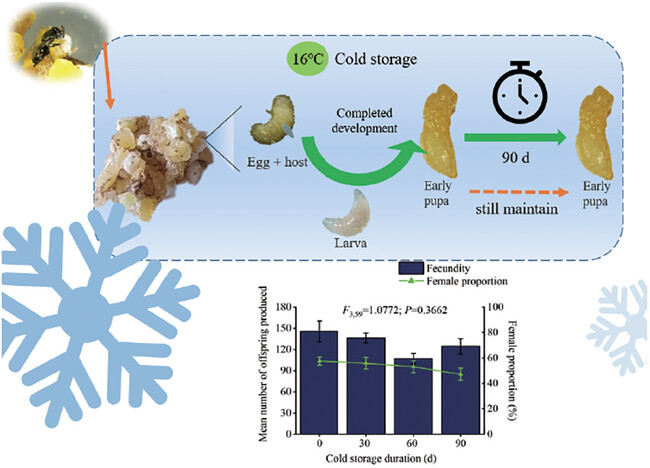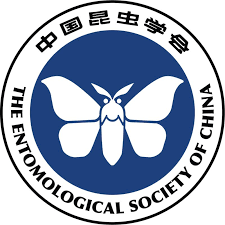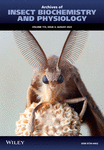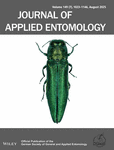Journal list menu
Export Citations
Download PDFs
Contents
Issue Information
Review Article
Current paradigms and future challenges in harnessing gut bacterial symbionts of insects for biodegradation of plastic wastes
- Pages: 726-752
- First Published: 11 July 2024

Accumulation of plastic waste is a serious threat to global sustainability. Insect gut bacterial symbionts are potential agents for up-recycling of waste plastics. Possibilities for engineering the insect gut microbiome for plastic degradation are discussed. Key challenges toward microbial degradation of plastics are discussed. Future directions to understand host–microbial interplay are elucidated.
Role of eicosanoids in insect immunity: new insights and recent advances
- Pages: 753-766
- First Published: 19 August 2024
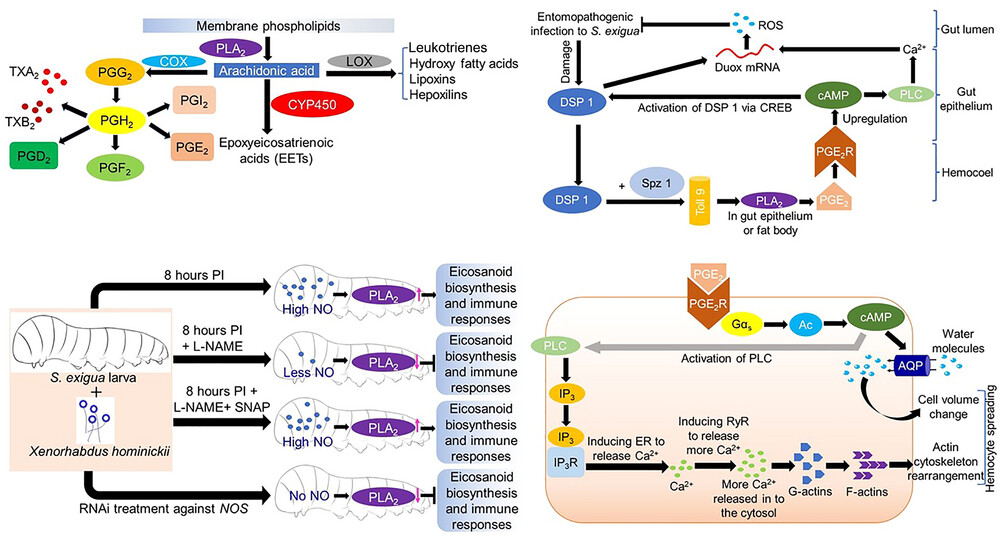
The review article elucidates various roles of eicosanoids in insect immunity. Eicosanoids are produced from arachidonic acid, which is generated from membrane phospholipids upon action of PLA2. Insect gut can aid in immunity by generating ROS. The generation of nitric oxide is an important agent stimulating insect immunity. Eicosanoid can also manifest immunity in insect by activating aquaporin and rearranging actin cytoskeleton.
Original Article
miR-927 regulates insect wing development by targeting the Hippo pathway
- Pages: 767-778
- First Published: 09 September 2024
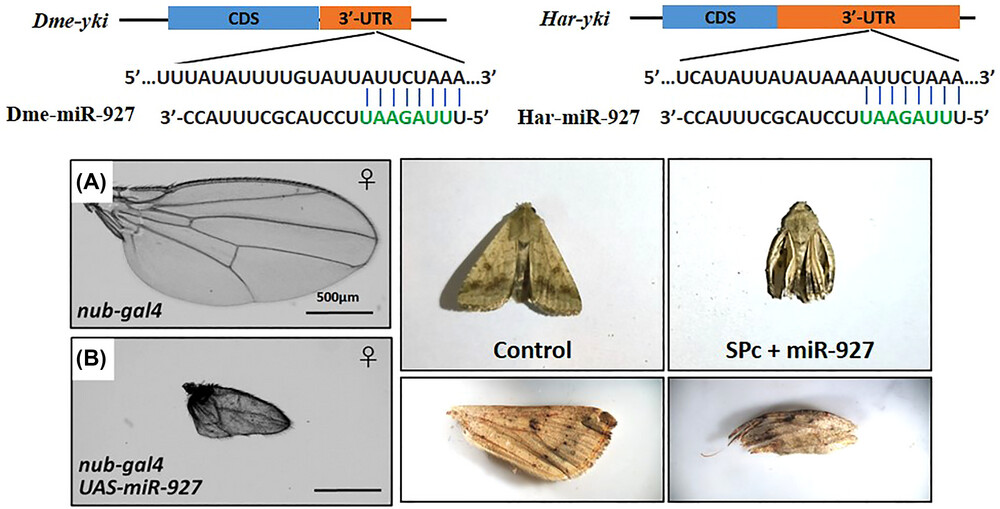
Wings are vital organs for insects, which participate in multiple processes, such as foraging and mating. Insect wing development is a fascinating and intricate process that involves the regulation of wing size through cell proliferation and apoptosis, which are controlled by the Hippo pathway. Here, we discover that miR-927 is a novel regulator of wing size via the Hippo pathway on a post-transcriptional level. Next, we demonstrate that yki 3’ untranslated region is the direct target of miR-927. Ultimately, our study reveals that the targeting of yki by miR-927 to regulate the Hippo pathway is conserved in Helicoverpa armigera. Administration of miR-927 via star polycation nanocarrier effectively inhibits wing development in H. armigera.
Transcriptome analysis and functional study of phospholipase A2 in Galleria mellonella larvae lipid metabolism in response to envenomation by an ectoparasitoid, Iseropus kuwanae
- Pages: 779-796
- First Published: 01 September 2024
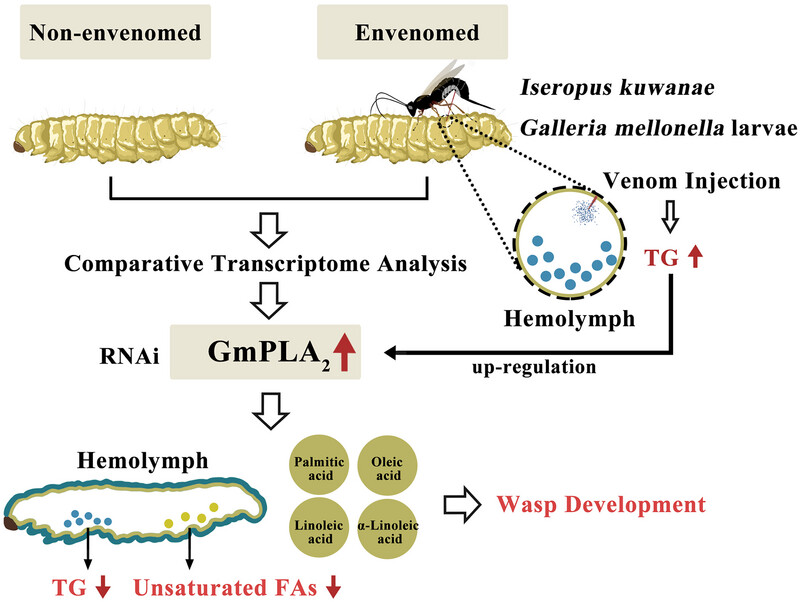
A schematic diagram of the regulation of Galleria mellonella lipid metabolism by envenomation of the ectoparasitoid Iseropus kuwanae. After venom injection, the triglyceride (TG) level in the hemolymph of G. mellonella increased. The differentially expressed transcriptome between non-envenomed and envenomed G. mellonella larvae showed that GmPLA2 was upregulated post-envenomation. Knocking down GmPLA2 significantly decreased the content of TG and unsaturated fatty acids in the hemolymph of G. mellonella, and the reduction of host lipid level had a negative effect on the development of I. kuwanae offspring.
毒液注射之后, 大蜡螟血淋巴中甘油三酯含量下降。毒液注射前后大蜡螟差异转录组学分析结果表示, 大蜡螟PLA2基因在被毒液注射后上调表达。干扰pla2后, 大蜡螟血淋巴中甘油三酯含量以及脂肪酸含量显著下降, 并且寄主脂质水平的降低对寄生蜂子代的生长发育产生消极的影响。
Male-derived phospholipase A2 enhances WD46 expression and increases fertility in Ophraella communa
- Pages: 797-808
- First Published: 16 July 2024

During mating, the male accessory gland-specific phospholipase A2 is transferred to the seminal receptacle and the bursa copulatrix of the female as a seminal fluid protein, thereby activating the expression of the female WD46 gene, which regulates ovulation and fertility by affecting lipid accumulation and invocation.
Transgenic silkworm expressing bioactive human ciliary neurotrophic factor for biomedical application
- Pages: 809-820
- First Published: 01 September 2024

We have established an efficient strategy for the large-scale and cost-effective production of bioactive human ciliary neurotrophic factor (CNTF) in silkworm. The fabrication of human CNTF silk material can promote proliferation, migration, and neurite outgrowth of neural cells. These data will provide biomedical applications in tissue engineering and neuroregeneration by using functionalized CNTF materials.
The beetle's structural protein CPCFC making elytra tough and rigid
- Pages: 821-832
- First Published: 05 September 2024
Efficient CRISPR/Cas9-mediated ebony gene editing in the greater wax moth Galleria mellonella
- Pages: 833-844
- First Published: 09 August 2024
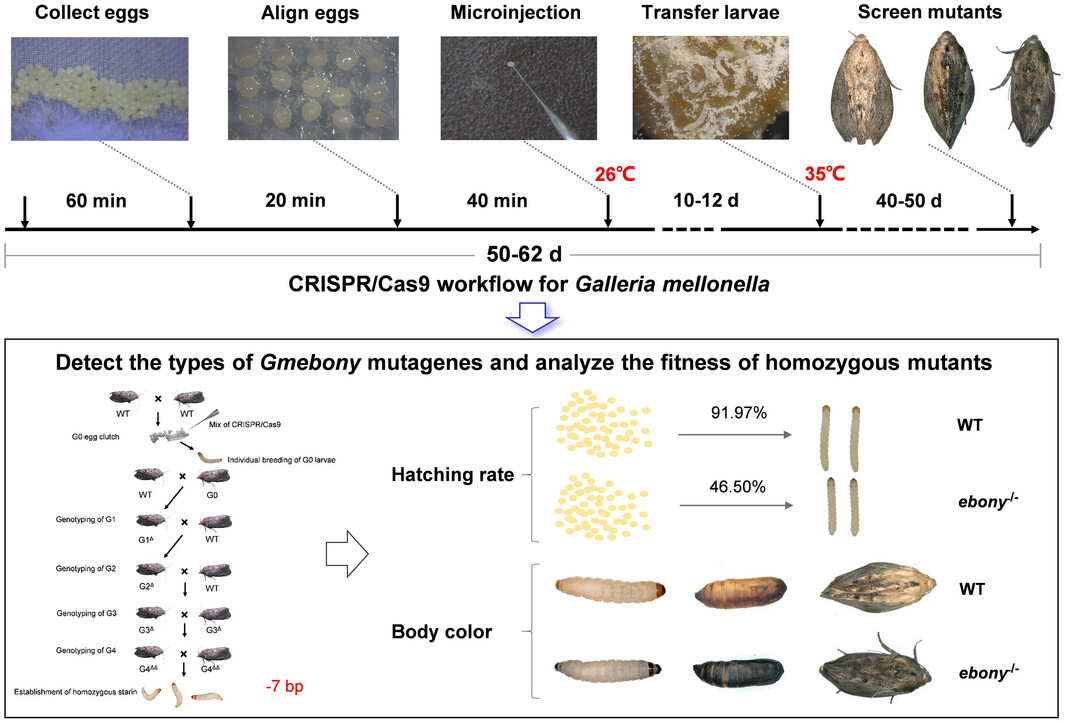
Galleria mellonella is an important pest in apiculture, as well as a resource insect and a model organism. The clustered regularly interspaced short palindromic repeats (CRISPR)/CRISPR-associated protein 9 (Cas9) system plays a crucial role in improving economic insect breeding and developing efficient agricultural pest management systems in Lepidoptera. However, the CRISPR/Cas9 protocols have not been developed for G. mellonella. Here, we established a CRISPR/Cas9 zygote microinjection protocol for inducing heritable mutations in G. mellonella. We obtained Gmebony knockout (KO) strain in the G4 generation, which took approximately 10 months. When compared with the wild-type, the body color of the larva to adult moth in the KO strain changed to black. The embryonic hatchability of the Gmebony KO strain was significantly decreased. In conclusion, this study is the first to present a complete and detailed CRISPR/Cas9 workflow for efficient genome editing in G. mellonella. The application of this robust genome-editing tool in G. mellonella will greatly facilitate the development of genome editing control strategies and gene function analyses in this important insect.
Characterization of integrins in cellular immunity of the oriental armyworm, Mythimna separata
- Pages: 845-860
- First Published: 12 August 2024
Sensing volatiles throughout the body: geographic- and tissue-specific olfactory receptor expression in the fig wasp
- Pages: 861-880
- First Published: 25 August 2024

• Our model species, Ceratosolen fusciceps, a specialist wasp pollinator of Ficus racemosa, likely possesses an olfactory receptor (OR) repertoire that enables it to distinguish fig-specific volatiles in highly variable environments.• Using a newly assembled genome-guided transcriptome, we annotated 63 ORs in the species and reconstructed the phylogeny of Ceratosolen ORs in conjunction with other hymenopteran species.• Expression analysis indicated that although ORs were mainly expressed in the female antennae, 20% were also expressed in nonantennal tissues.• OR expression of C. fusciceps in widely separated geographical locations, that is, South (urban) and Northeast (rural) India, revealed distinct OR expression in different locations.• This discrepancy likely parallels the observed variation in fig volatiles between these regions and provides new insights into the evolution of insect ORs and their expression across geographical locations and tissues.
Disrupting the olfactory response in Monochamus saltuarius: Two potential target genes for controlling the vector insect of pine wilt disease
- Pages: 881-898
- First Published: 20 August 2024
Development of the insect adult fat body relies on glycolysis, lipid synthesis, cell proliferation, and cell adhesion
- Pages: 899-911
- First Published: 26 August 2024
Entomopathogenic Bacillus cereus impairs the fitness of the spotted-wing drosophila, Drosophila suzukii
- Pages: 912-926
- First Published: 21 August 2024
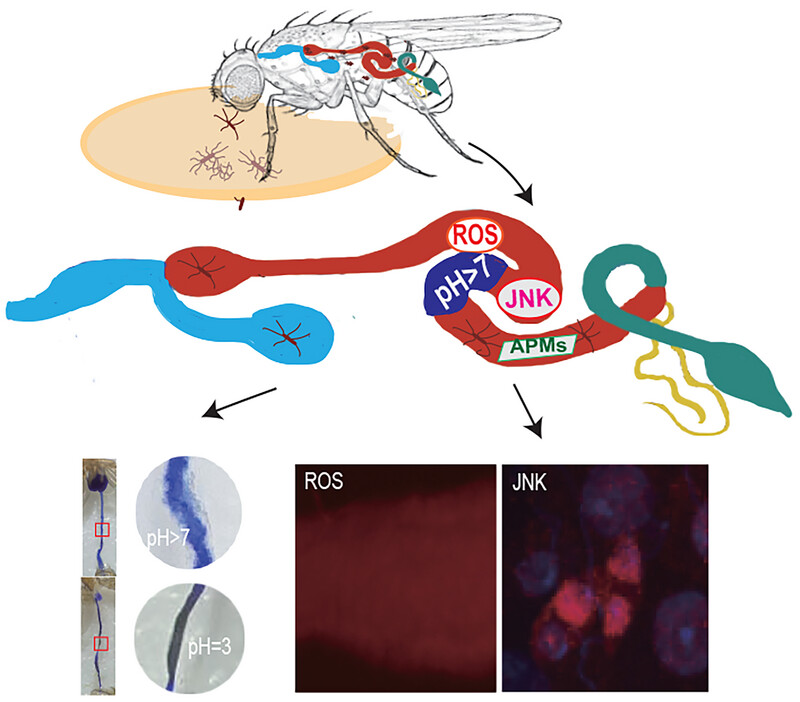
Drosophila is highly susceptible to Bacillus cereus H1 infection. Morbidity and mortality of infected flies result from gut dysplasia. B. cereus H1 disrupted intestinal homeostasis, altering pH and barrier function, triggering oxidative innate immunity, which compromised the survival of Drosophila species through the dual oxidase (DUOX)-ROS-Jun N-terminal kinase (JNK) pathway.
Effects of host plants on aphid feeding behavior, fitness, and Buchnera aphidicola titer
- Pages: 927-942
- First Published: 08 August 2024
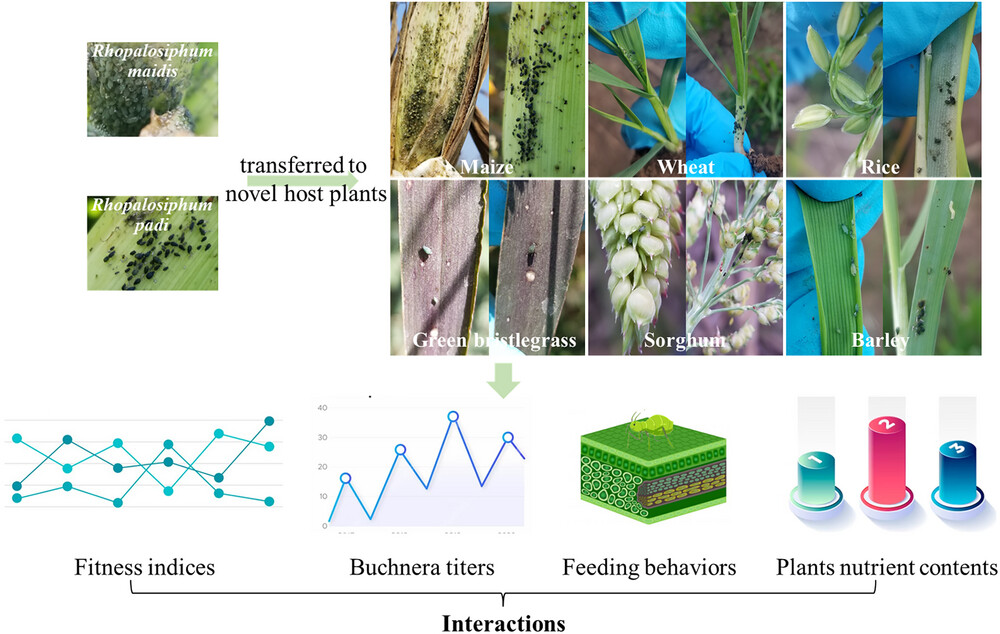
Our study indicated that the host plant nutrient content is a predominant factor affecting aphid adaptation to their diet, initially affecting aphid feeding behaviors, and further affecting aphid fitness and Buchnera titers. Our study could deepen our understanding of the interaction among aphids, endosymbionts and host plants.
Neighbors sharing pathogens: the intricate relationship between Apis mellifera and ants (Hymenoptera: Formicidae) nesting in hives
- Pages: 943-956
- First Published: 09 August 2024
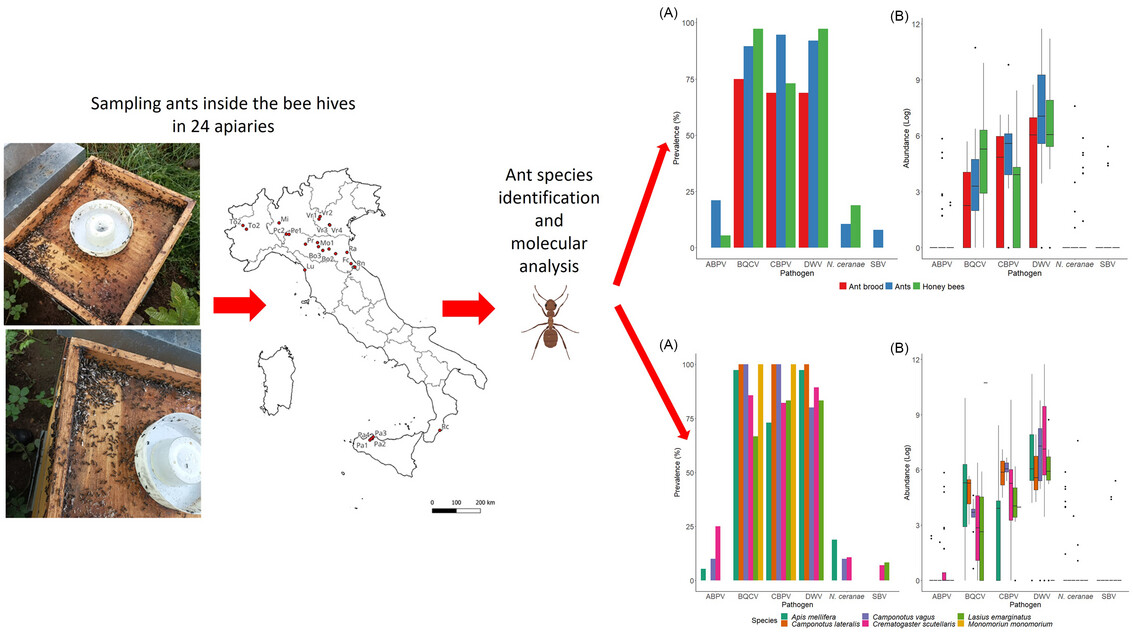
Ants are ubiquitous and eusocial insects that frequently interact with honey bees, potentially facilitating pathogen transmission. This study investigates the presence and abundance of honey bee pathogens in ants collected from various apiaries across Italy. Five viruses and one microsporidian have been detected in both adult ants and ant broods, suggesting ants as potential hosts for honey bee pathogens. These findings highlighted the presence of active infections in ants and underscored the necessity for further research to understand the potential relationship between honey bees and ants in pathogen transmission, ultimately ensuring the health of both ants and honey bees.
Phytoplasma infection renders cranberries more susceptible to above- and belowground insect herbivores
- Pages: 957-972
- First Published: 15 September 2024
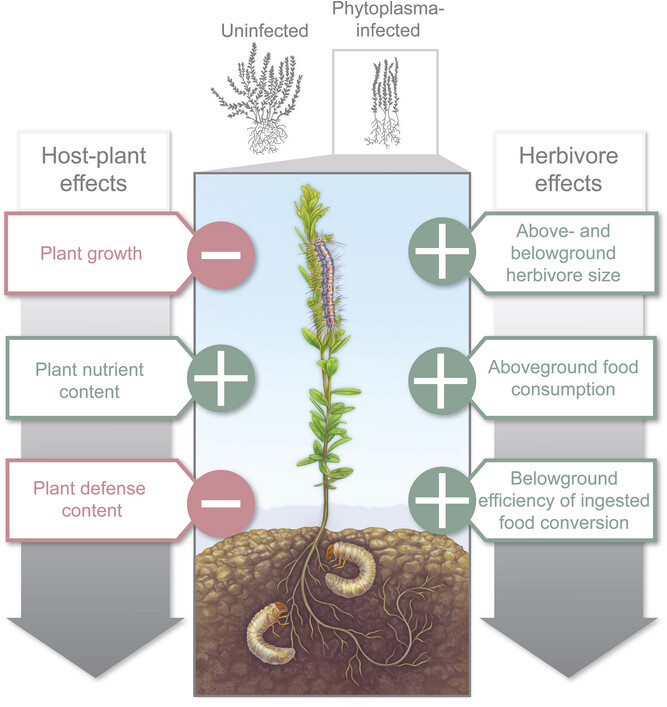
Schematic illustration summarizing the effects of phytoplasma infection on the performance and feeding behavior of above- and belowground insect herbivores as well as its effects on shoot and root traits in cranberries. The “+” symbol indicates a positive effect, while the “–” symbol indicates a negative effect.
Identification of alarm pheromone components of the southern giant Asian hornet, Vespa soror, a major pest of honey bees
- Pages: 973-980
- First Published: 24 September 2024
Beyond adult models: Tribolium castaneum larval timekeeping reveals unexpected robustness and insights into circadian clock
- Pages: 981-990
- First Published: 09 August 2024
The odorant-binding protein genes obp67 and obp56d-like encode products that guide oviposition site selection in the Asian tiger mosquito, Aedes albopictus
- Pages: 991-1003
- First Published: 12 August 2024
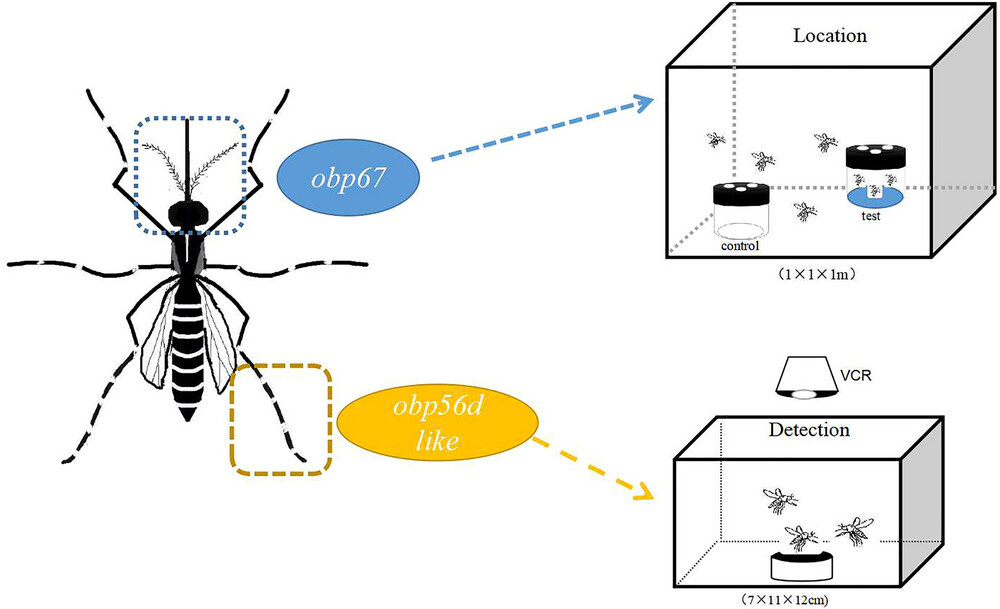
Aedes albopictus relies on odor cues to locate suitable oviposition sites, and the genetic and molecular bases of this behavior remain largely unknown. Transcriptomic analysis and gene manipulation techniques, such as RNA interference (RNAi)-mediated knockdown and CAS9/guide RNA-mediated knockout, highlighted the role of obp67 and obp56d-like in these behaviors, providing valuable insights for mosquito control strategies.
Evidence for transient deleterious thermal acclimation in field recapture rates of an invasive tropical species, Bactrocera dorsalis (Diptera: Tephritidae)
- Pages: 1004-1018
- First Published: 09 August 2024
A long cold storage protocol for Anisopteromalus calandrae based on promoting prepupal development and arresting early pupal growth under low temperature
- Pages: 1019-1032
- First Published: 12 August 2024
Larval diet impacts black soldier fly (Diptera: Stratiomyidae) thermal tolerance and preference
- Pages: 1033-1046
- First Published: 05 August 2024
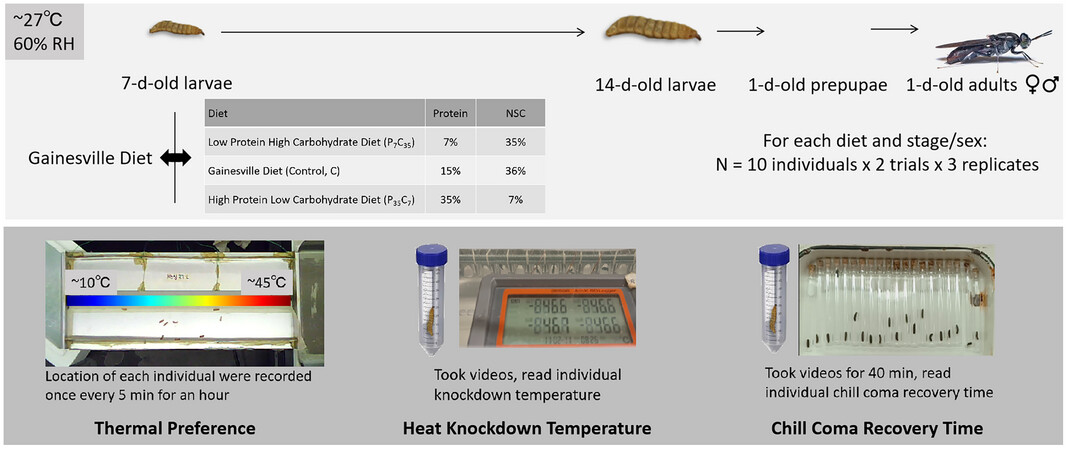
Thermal tolerance and preference are key parameters impacting agricultural production systems. Results in this study reveal that black soldier fly thermal tolerance and preference were impacted by the larval diet composition. The nutritional makeup of the formulated diet used in mass production of the black soldier fly should be taken into account when developing standard operating procedures for temperature management in order to optimize black soldier fly conversion of waste to insect biomass as well as production of adults for colony maintenance. Vice versa, one may develop specific diets in order to promote survival under extreme rearing temperatures.
Intraspecific and interspecific resource partitioning between bumblebee workers and males related to nectar quantity and quality
- Pages: 1047-1060
- First Published: 05 August 2024
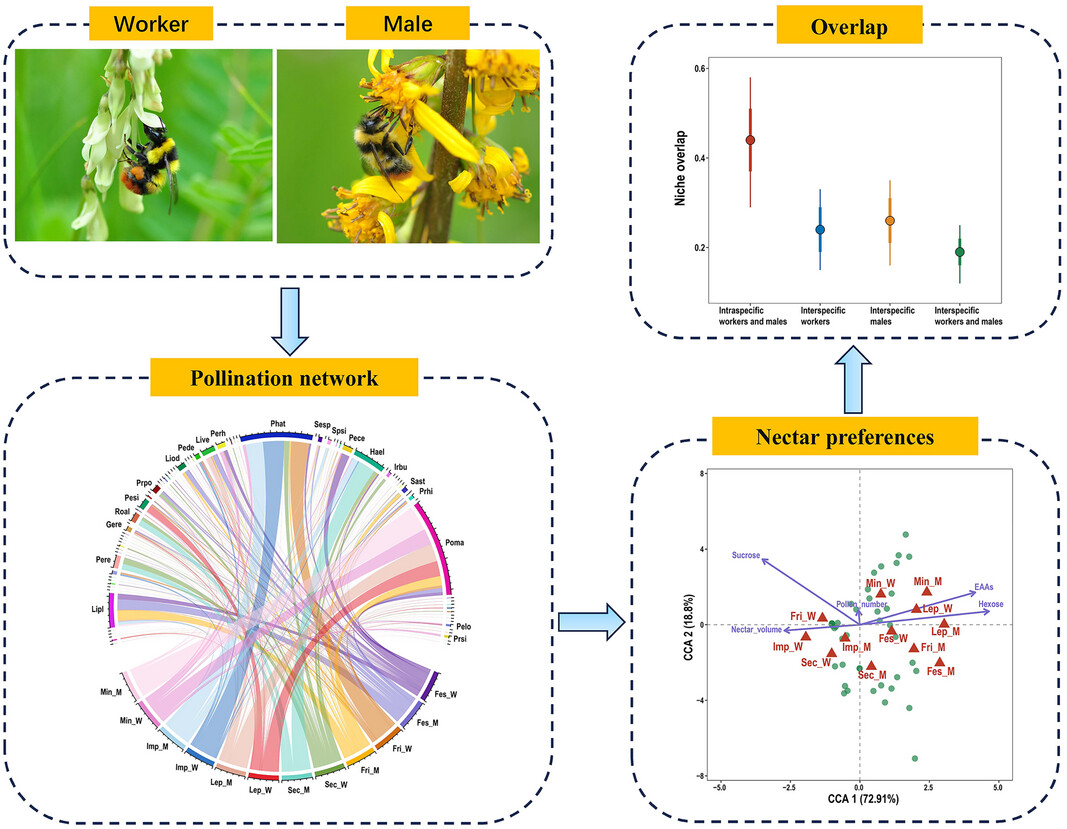
We demonstrated that the competition between intraspecific workers and males was potentially more intense than that observed in interspecific dynamics. However, floral resource partitioning between workers and males should result from their nutritional preferences. We found that males preferred flowers with high essential amino acids and hexose, whereas workers preferred flowers with high nectar volume and sucrose, suggesting that partitioning between workers and males might help to alleviate interspecific and intraspecific competition.
Patterns of morphological evolution in the raptorial appendages of praying mantises
- Pages: 1061-1079
- First Published: 24 July 2024
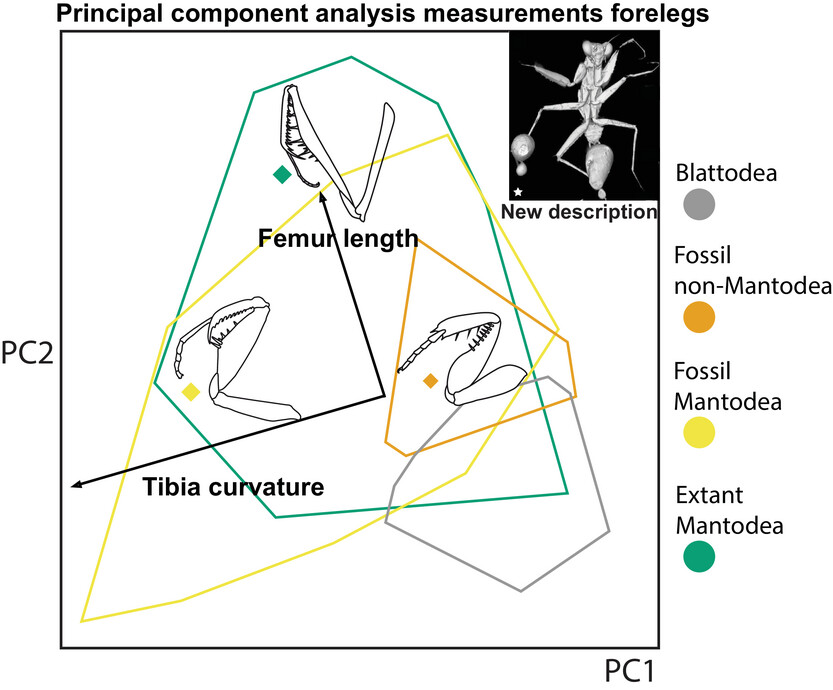
This study traces changes in the morphology of the forelegs across fossil and extant dictyopterans to understand their evolution from cursorial limbs to the raptorial morphologies of mantodeans. Two new mantodean specimens preserved in amber are described herein. A principal component anlysis shows that changes in the shape of the tibia and the length of the femur were key to the evolution of the raptorial appendages, changes which could have been associated with differen predatory strategies.
Letter to the Editor
Cross-kingdom regulation of silkworm development and cocooning by mulberry microRNAs
- Pages: 1080-1088
- First Published: 17 July 2024
An olfactory model for evaluating the larviposition preference of a vector fly
- Pages: 1089-1094
- First Published: 25 July 2024




